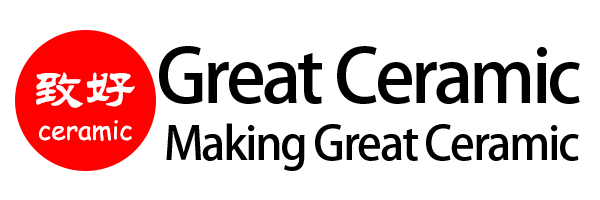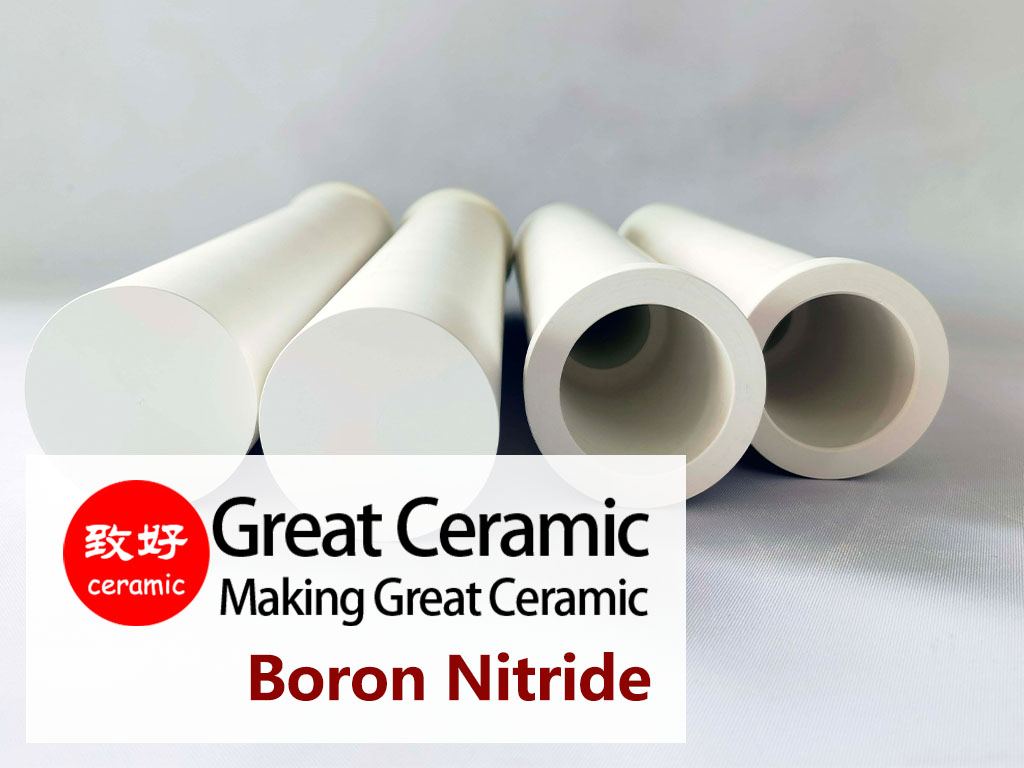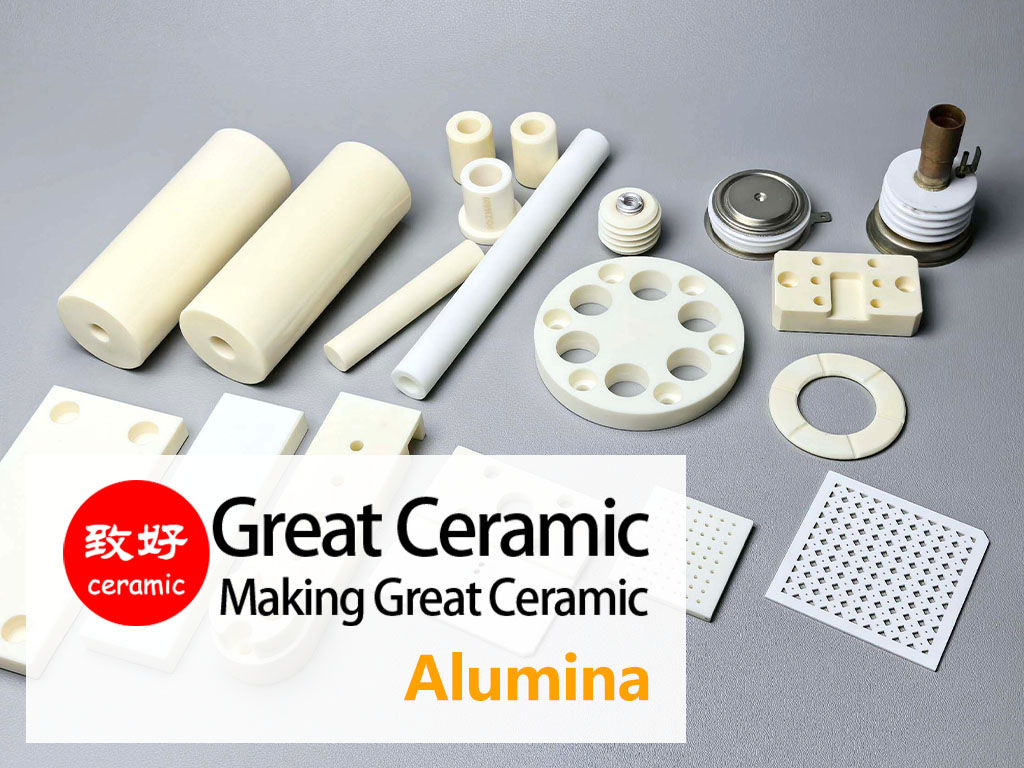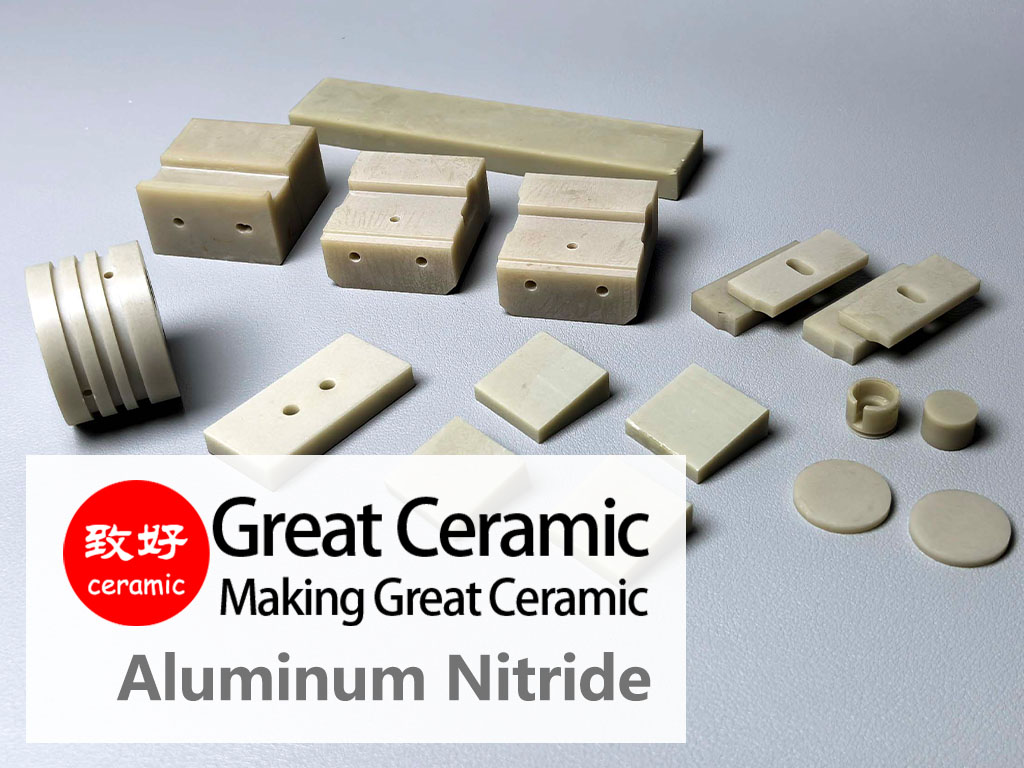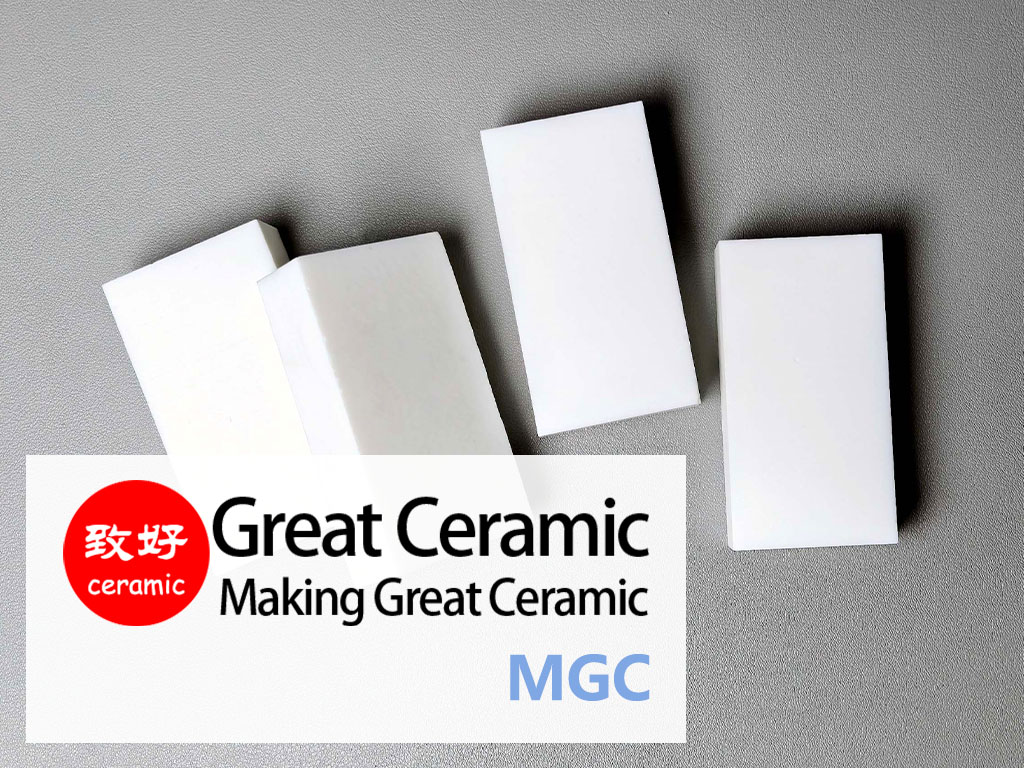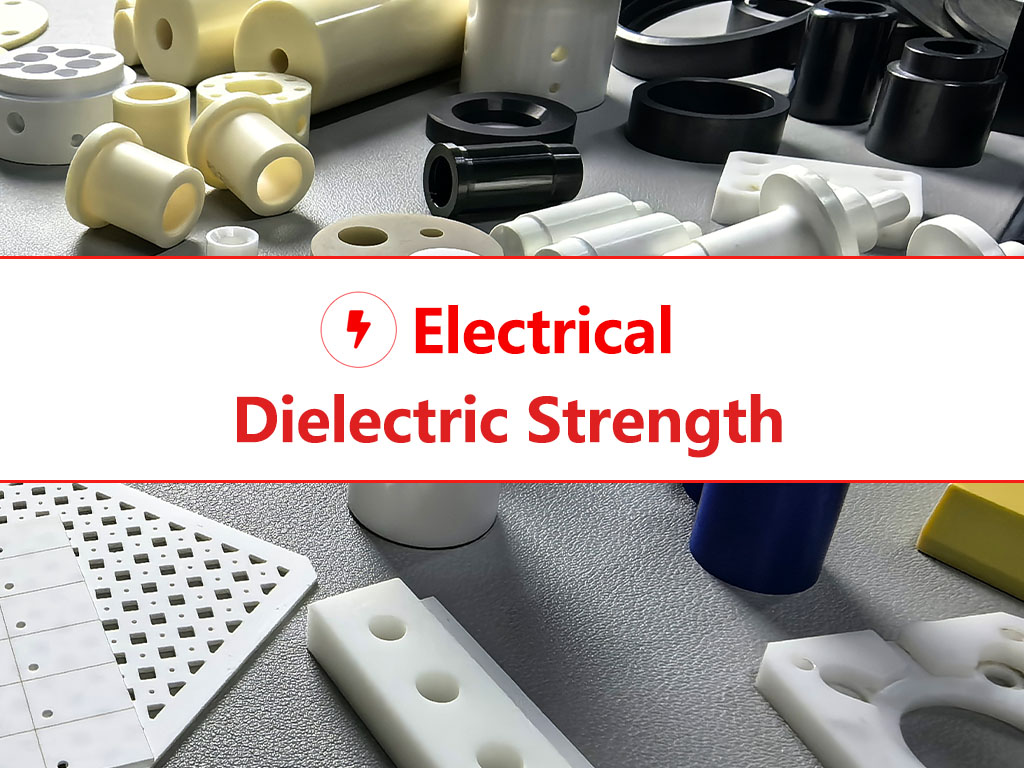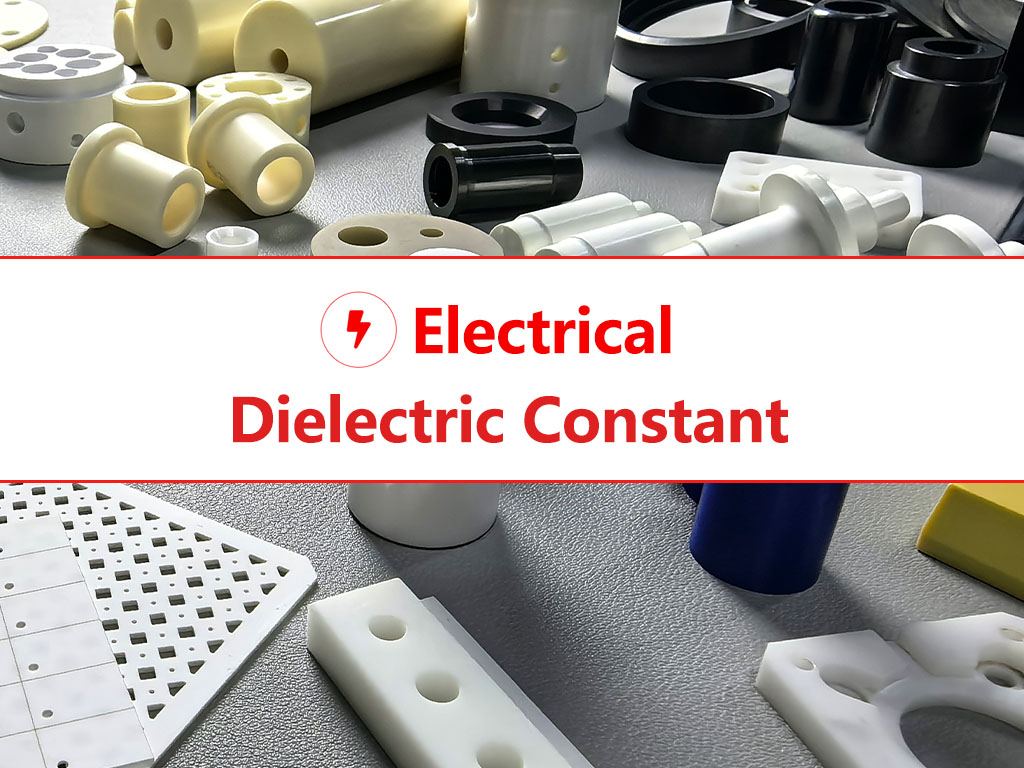Volume Resistivity of Advanced Ceramics
Volume resistivity is a fundamental electrical property that defines how strongly a material opposes the flow of electric current. It is particularly critical in applications where electrical insulation, high thermal resistance, and stability in extreme environments are required—areas where advanced ceramics excel.
Ceramic materials like alumina (Al₂O₃), zirconia (ZrO₂), and silicon nitride (Si₃N₄) are widely used in electronics, aerospace, medical devices, and power systems precisely because of their outstanding insulation properties.
Skip to
Data | Comparison | Applications | FAQs | Related
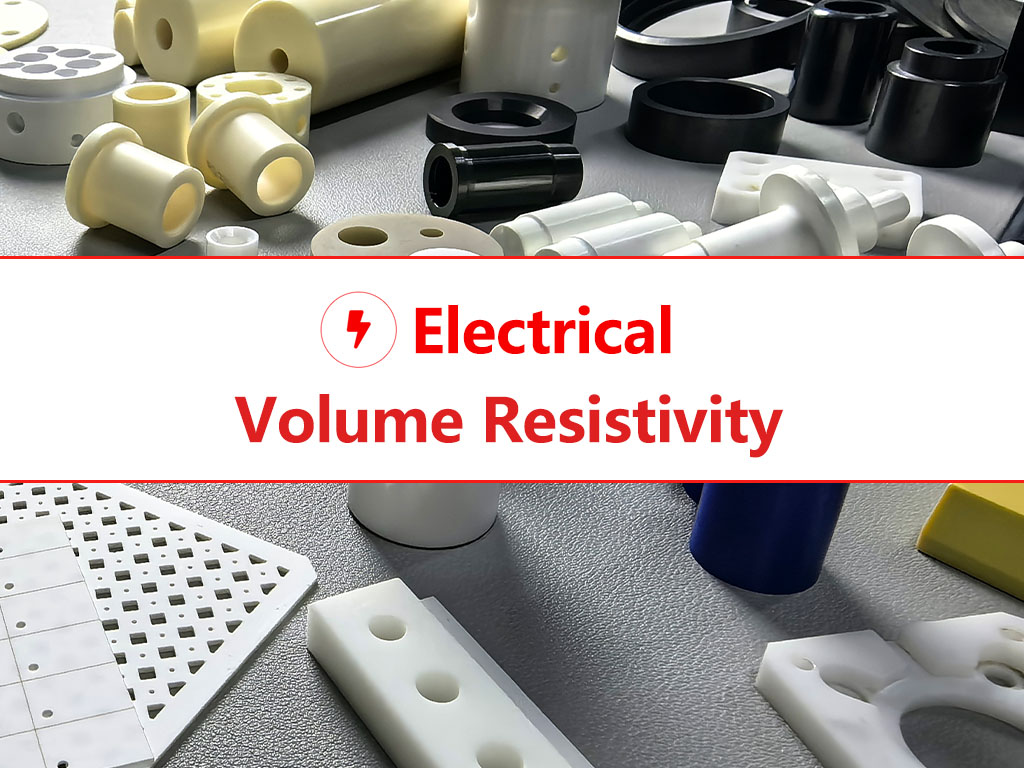
What Is Volume Resistivity?
Volume resistivity (ρv), measured in ohm-centimeters (Ω·cm), quantifies the electrical resistance of a material across a unit cube. It differs from surface resistivity, which measures resistance along a material's surface.
The higher the volume resistivity, the better the material functions as an insulator. For ceramics, this property is crucial in preventing electrical leakage, component failure, and signal distortion.
Why Is High Volume Resistivity Important?
Volume Resistivity Data of Key Advanced Ceramics
| Ceramic Material | Volume Resistivity (Ω·cm) | Remarks |
|---|---|---|
| Alumina (Al₂O₃) | ~10¹⁴ – 10¹⁶ | Stable and cost-effective insulator |
| Zirconia (ZrO₂) | ~10¹⁰ – 10¹² | Lower than alumina, high strength |
| ZTA20 | ~10¹¹ – 10¹³ | Toughened alumina, good compromise |
| Silicon Nitride (Si₃N₄) | ~10¹² – 10¹⁴ | Strong mechanical + good insulation |
| Aluminum Nitride (AlN) | ~10¹³ – 10¹⁵ | Excellent for heat + electrical use |
| Silicon Carbide (SiC) | ~10³ – 10⁶ | Semiconductor, limited insulation |
| Beryllium Oxide (BeO) | ~10¹³ – 10¹⁴ | High thermal + good insulation |
| Boron Nitride (BN) | ~10¹² – 10¹⁵ | Stable at high temperature |
| MGC (Machinable Glass Ceramic) | ~10¹³ – 10¹⁴ | Machinable and insulating |
*Data is for reference only.
Need Help Choosing the Right Ceramic?
Selecting the right ceramic material is critical to ensuring long-term reliability and optimal performance. Whether you require boron nitride, aluminum nitride or alumina ceramic materials, our materials offer industry-leading performance, durability and precision.
Our technical team is here to help – contact us today for expert, customized advice based on your specific needs.
Visualization: Volume Resistivity Comparison
*Data is for reference only.
